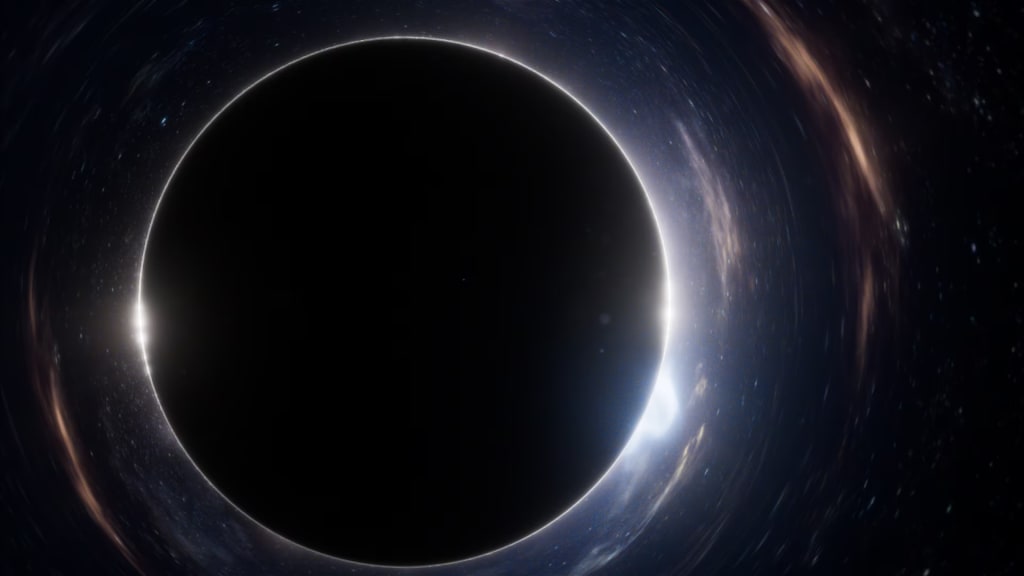
On February 17th of this year, the Japanese Aerospace Exploration Agency embarked on a groundbreaking mission by launching a rocket carrying the Hitomi satellite. This satellite, designated as an astronomical observatory in space, possessed a unique capability – the ability to capture X-rays that typically elude detection on Earth. The objective was not only to peer into the mysterious occurrences around black holes but also to glean valuable information about the formation of galaxy clusters, offering a potential key to unlocking some of the deepest mysteries of the universe. However, approximately a month after its launch, the $273 million satellite encountered a tragic fate, tumbling out of control due to a combination of human and software errors. Despite its short-lived operational phase, Hitomi managed to send one last image before its demise, providing a tantalizing glimpse into the cosmos.
The final image captured by Hitomi unveiled the enigmatic Perseus cluster, a galaxy cluster located approximately 240 million light-years away. What sets this cluster apart is the presence of a massive black hole at its center. The image was expected to shed light on the turbulent dynamics within the cluster, offering insights into the hot gases and dark matter swirling around the central black hole. Contrary to initial expectations, the data revealed a surprising calmness within the Perseus cluster. The hot gases exhibited a slower-than-anticipated movement, challenging prevailing assumptions and providing researchers with a valuable opportunity to reassess their understanding of the universe's structural growth.
The Perseus cluster's inner workings, as unveiled by Hitomi, presented an opportunity to measure x-ray activity with unprecedented precision. The unexpected tranquility within the cluster carried profound implications for cosmology parameters and the influence of black holes on the growth of galaxies. Co-author Brian McNamara from the University of Waterloo emphasized the significance of the findings, stating, "The hot gas we're looking at with Hitomi is the stuff of the future. It's the gas out of which galaxies form. There is much more of this gas than there are stars in the galaxies." The revelations challenged conventional notions, highlighting the efficiency with which black holes control the growth rate of galaxies.
In a complementary breakthrough, scientists utilizing the European Very Long Baseline Interferometry (VLBI) Network, an assemblage of radio telescopes forming an earth-sized telescope, achieved a groundbreaking observation. For the first time, they captured a close-up view of relativistic jets – streams of particles emitted at nearly the speed of light – emanating from a supermassive black hole. This distant black hole, residing in the Draco constellation approximately 3.9 billion light-years away, had devoured a star, leading to the formation of these powerful jets. The observations, characterized by unparalleled sharpness, offered an unprecedented look at the intricate processes occurring when a star succumbs to the gravitational forces of a black hole.
The study of black holes remains a focal point in astrophysics, captivating scientists and enthusiasts alike with its inherent mysteries. While certain aspects of black holes, such as gravitational time dilation and their potential role as portals to other universes, remain speculative, recent breakthroughs contribute to a more nuanced understanding of these cosmic phenomena. The observations of the Perseus cluster and the relativistic jets provide tantalizing glimpses into the complex interplay between black holes and the surrounding cosmic environment.
As humanity delves deeper into the cosmic unknown, the allure of black holes persists, beckoning researchers to unravel the secrets concealed within these celestial enigmas. The quest for knowledge about black holes transcends scientific curiosity, becoming a journey into uncharted territories where every revelation sparks new questions, pushing the boundaries of our cosmic comprehension. With each discovery, the cosmic tapestry unfolds, revealing a universe that continues to astound and defy our preconceived notions.





Comments
There are no comments for this story
Be the first to respond and start the conversation.